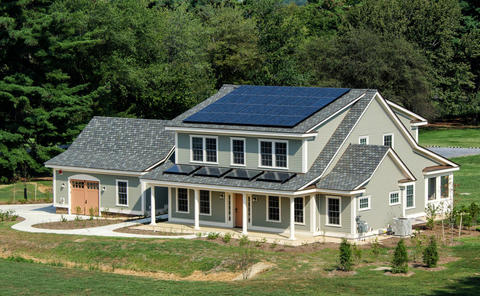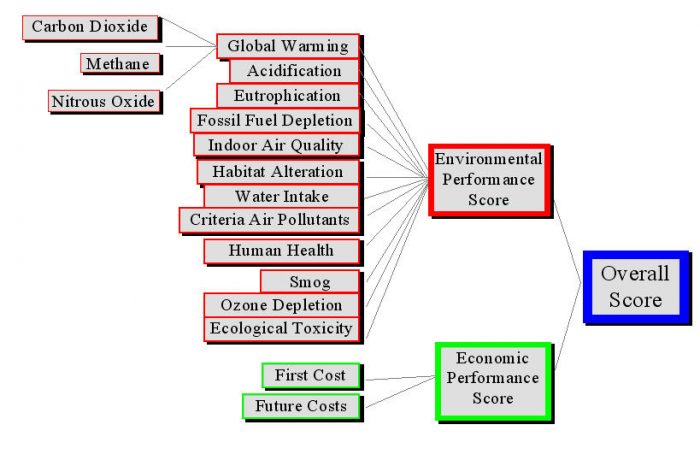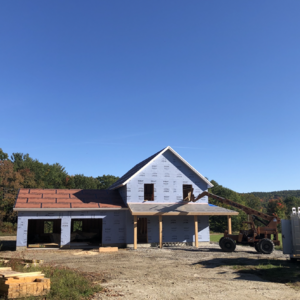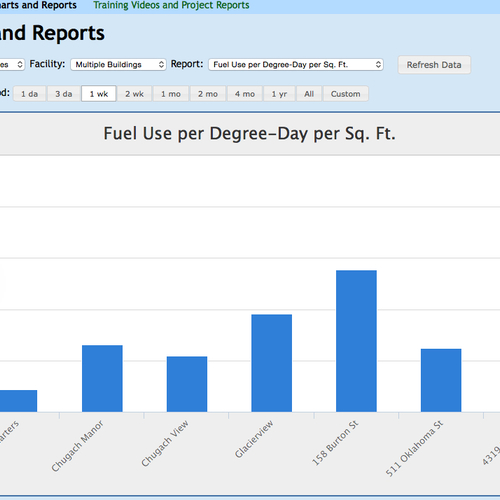
Specifying sustainable building products is challenging because every material category includes a broad range of brands, each calling itself “green,” for lack of a better term. BEES software offers an objective means of comparison. Developed by the National Institute of Standards and Technology (NIST), BEES software measures the environmental performance of building products by using the Life Cycle Assessment (LCA) approach specified in the International Organization for Standardization (ISO) 14040 series of standards. Those standards include a building material’s impact on global warming and other measures of environmental performance. The chart below shows the inputs that go into each of three divisions.

Environment and economics
The acronym BEES stands for Building for Environmental and Economic Sustainability. The software includes an economics analysis feature that helps building material specifiers include life cycle costs as a criterion. It also serves to scale up utilization. When a product offers good environmental performance and remains cost-effective, it gets specified. If not, it doesn’t. “If it’s not economically viable, it’s not sustainable,” according to Joshua Kneifel, Ph.D., an economist and team lead for BEES at the Engineering Laboratory at NIST.
Dr. Kneifel continues to improve the BEES software to offer greater customization and reporting. For example, the economic analysis now includes an option to calculate a social cost for carbon. By adding the future, planetary harm inflicted by carbon as a monetary cost, a designer can evaluate and add the external economic impact to the individual product costs, Kneifel explained.
The software’s default values for all the considered environmental and economic factors come from reputable, third-party sources, such as the U.S. Department of Energy (DOE). BEES relies on the Interagency Working Group’s (IWG) Social Cost of Greenhouse Gases for carbon costs. When IWG updates its findings, Kneifel’s team updates the software.…
Weekly Newsletter
Get building science and energy efficiency advice, plus special offers, in your inbox.

This article is only available to GBA Prime Members
Sign up for a free trial and get instant access to this article as well as GBA’s complete library of premium articles and construction details.
Start Free TrialAlready a member? Log in















0 Comments
Log in or become a member to post a comment.
Sign up Log in